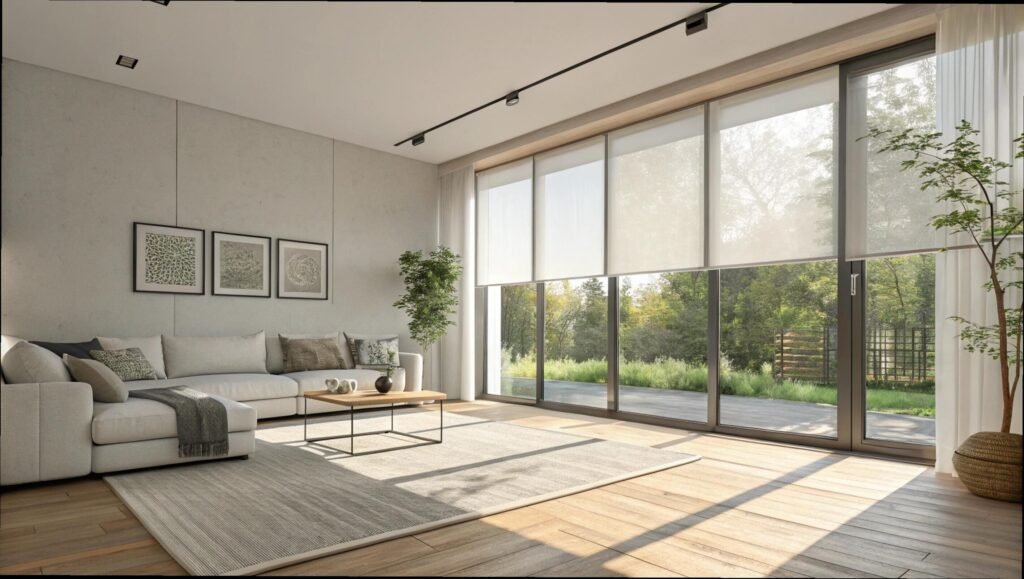You've noticed black spots on your client's roller blinds1. It's a project manager's nightmare, risking client dissatisfaction and costly callbacks. You need a solution that works, and works permanently.
To remove mould, use a diluted white vinegar solution2 or a specialized mould killer3. However, the most critical step is to find and fix the source of moisture4 in the room. Without this, the mould will always return, no matter how well you clean the blinds.
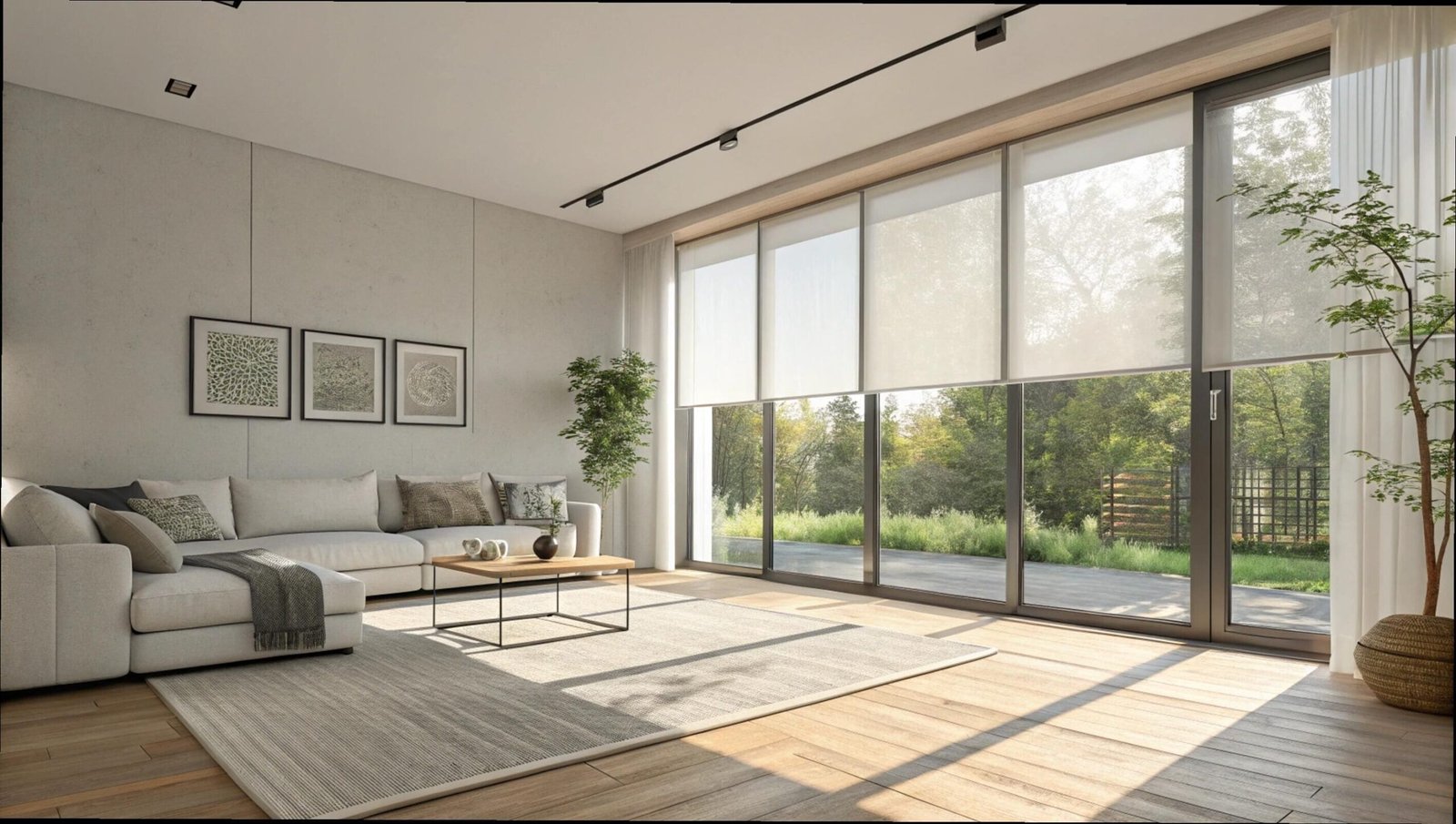
Explore our full range of 👉 Roller Shades
After years of dealing with window treatments in all sorts of environments, I can tell you this: tackling mould isn’t just about cleaning. The smarter, long-term solution is choosing blinds designed with moisture-resistant fabrics5 from the very beginning. This approach stops mould before it even has a chance to start, saving everyone time, money, and frustration.
Why Is Mould Growing on My Blinds in the First Place?
You're wondering how this happened. The blinds are relatively new, but mould is already appearing. Is it a defect in the product, or is something else going on in the room?
Mould grows on blinds for one primary reason: trapped moisture. This is usually caused by high humidity6, condensation on the windows, and poor air ventilation7. Keeping the blinds closed for long periods can trap this damp air, creating the perfect breeding ground for mould spores.
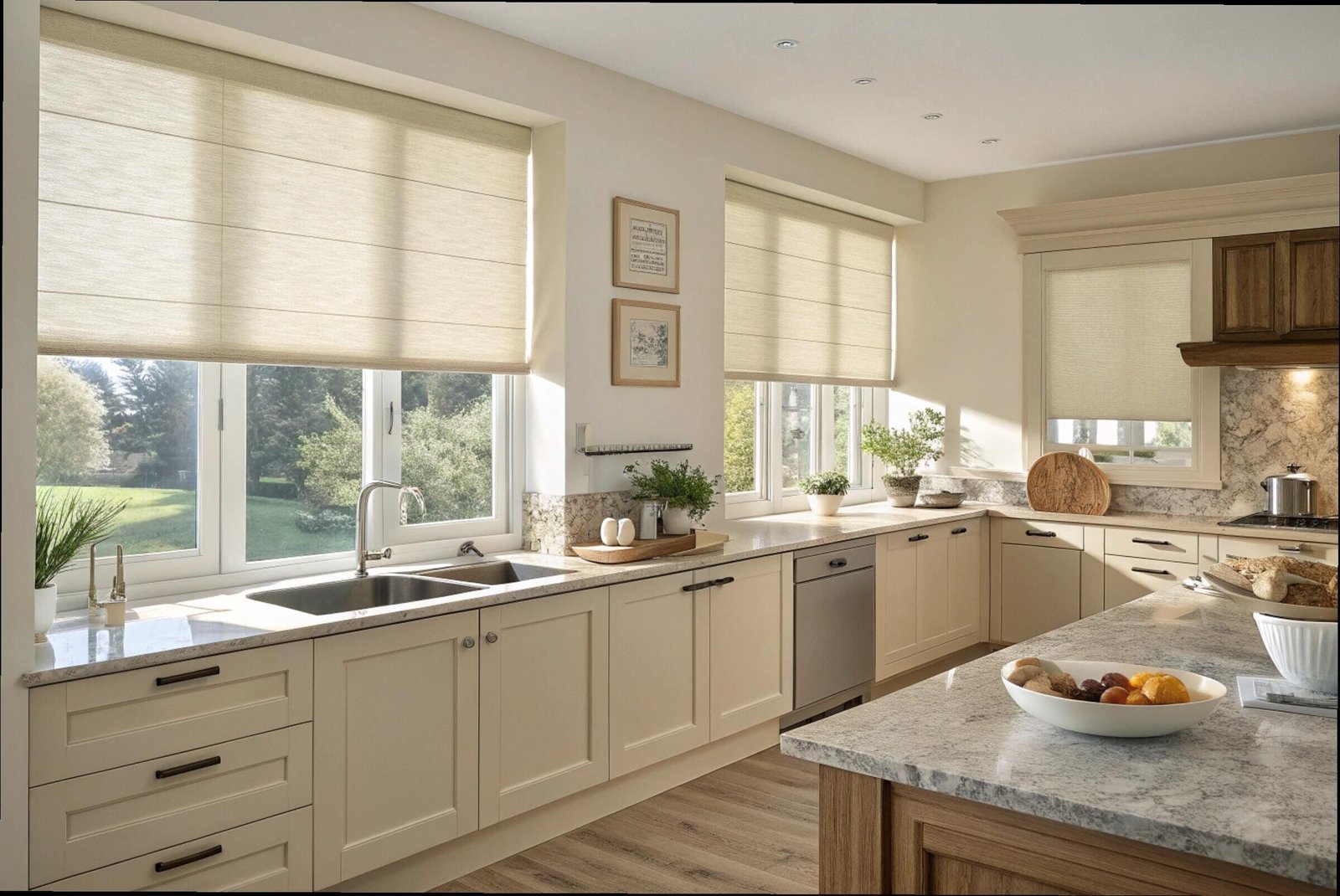
It's a common misconception that the blinds themselves cause mould. In reality, they are just reacting to the environment around them. To truly understand the problem, we need to look at the three things mould needs to thrive: moisture, warmth, and a food source.
- The Main Culprit: Moisture. This comes from condensation on windows, especially in winter, or from general high humidity in rooms like bathrooms and kitchens.
- The Incubator: Poor Ventilation. If damp air can't circulate and escape, it gets trapped. A closed blind creates a pocket of stagnant, humid air right against the glass, which is often cooler. This temperature difference makes condensation even worse.
- The Food Source: The Blind Itself. Dust, skin cells, and other organic particles settle on the blind's fabric. For mould, this is a buffet.
So, do roller blinds make condensation worse? Not directly, but a non-breathable fabric like a blackout blind can definitely trap moisture more effectively than a light-filtering one. The root cause, however, is almost always an issue with moisture and ventilation in the room itself.
What’s the Safest Way to Remove Mould from Roller Blinds?
You need to clean the mould off, but you're worried about using harsh chemicals. You don't want to damage the fabric's color or texture, or leave behind a toxic residue for your client.
The safest and most effective DIY method is to use a solution of equal parts white vinegar and water. Vinegar is a natural anti-fungal that kills mould spores without the harshness of bleach. Apply it with a cloth, let it sit for an hour, and then wipe clean.
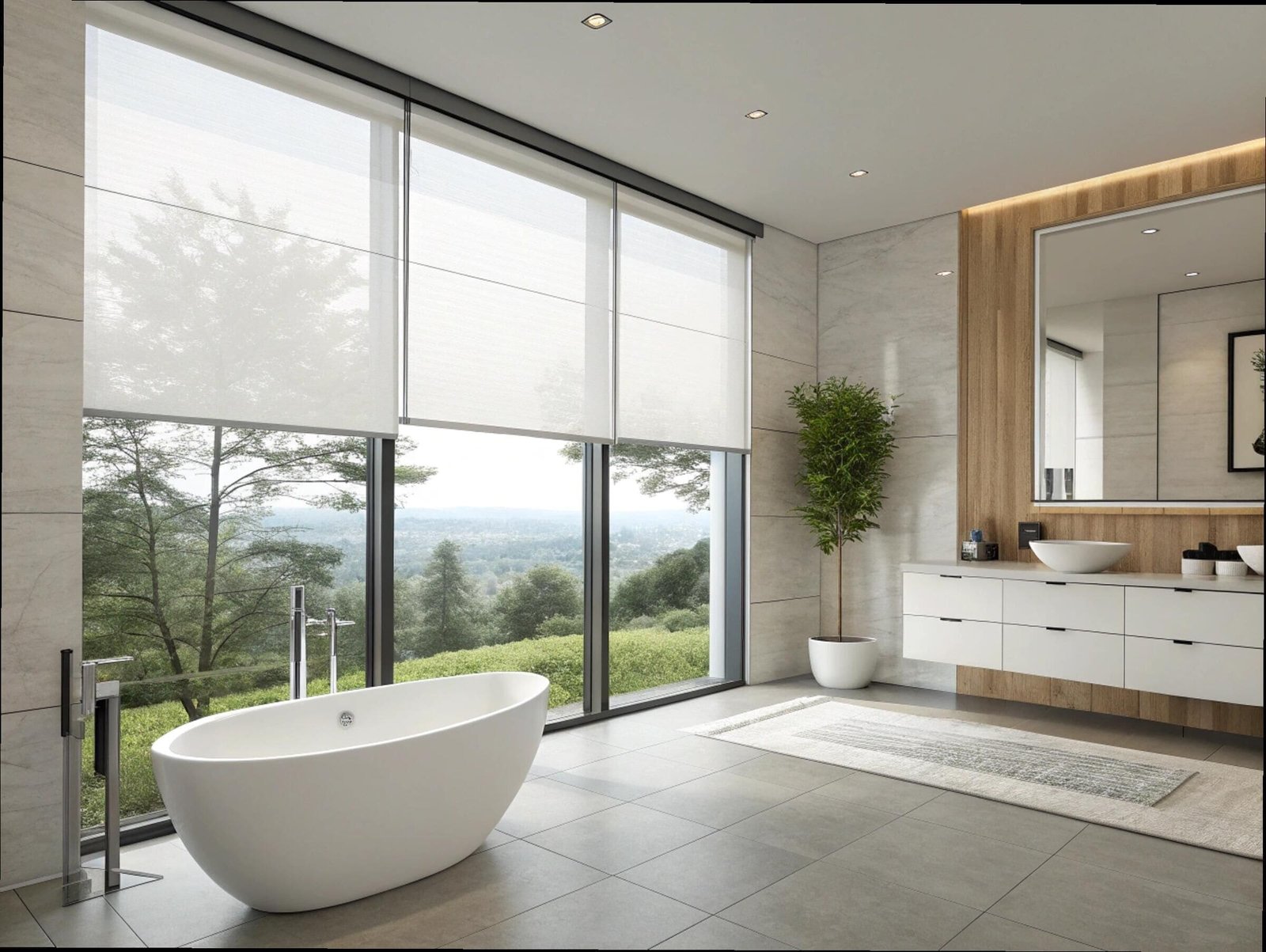
When tackling mould, you have a few options ranging from gentle and natural to strong and chemical. The right choice depends on the severity of the mould and the type of fabric you're dealing with.
| Cleaning Agent | Best For | Pros | Cons / Risks |
|---|---|---|---|
| White Vinegar & Water | Mild to moderate surface mould | Natural, kills mould at the root on porous surfaces | Strong odor until dry |
| Hydrogen Peroxide (3%) | Stubborn stains on light fabrics | Kills mould, less harsh than bleach | Can have a slight lightening effect |
| Specialized Mould Spray | Heavy mould growth | Very effective, designed for this purpose | Must check if it's fabric-safe, requires good ventilation |
| Bleach (Heavily Diluted) | White, non-fabric blinds (like PVC) | Kills surface mould effectively | Can damage fabric color and fibers, toxic fumes |
For a deep clean, it's best to take the blind down. Lay it flat and apply your chosen cleaning solution8. After letting it work, use a soft brush to gently scrub the affected areas. Rinse thoroughly by wiping with a clean, damp cloth, and then let it air dry completely before re-hanging. Never roll up a damp blind.
Should I Clean, Repair, or Just Replace Mouldy Blinds?
You've cleaned the blinds, but the mould has left a permanent stain, or it was more extensive than you first thought. Now you have to decide: is it worth trying to salvage, or is it time to replace?
For small spots of surface mould, cleaning is a perfectly good option. However, if the mould has deeply penetrated the fabric, covers a large area, or keeps returning, replacement is the safest and most professional choice. It guarantees a clean solution and eliminates any health concerns for your client.
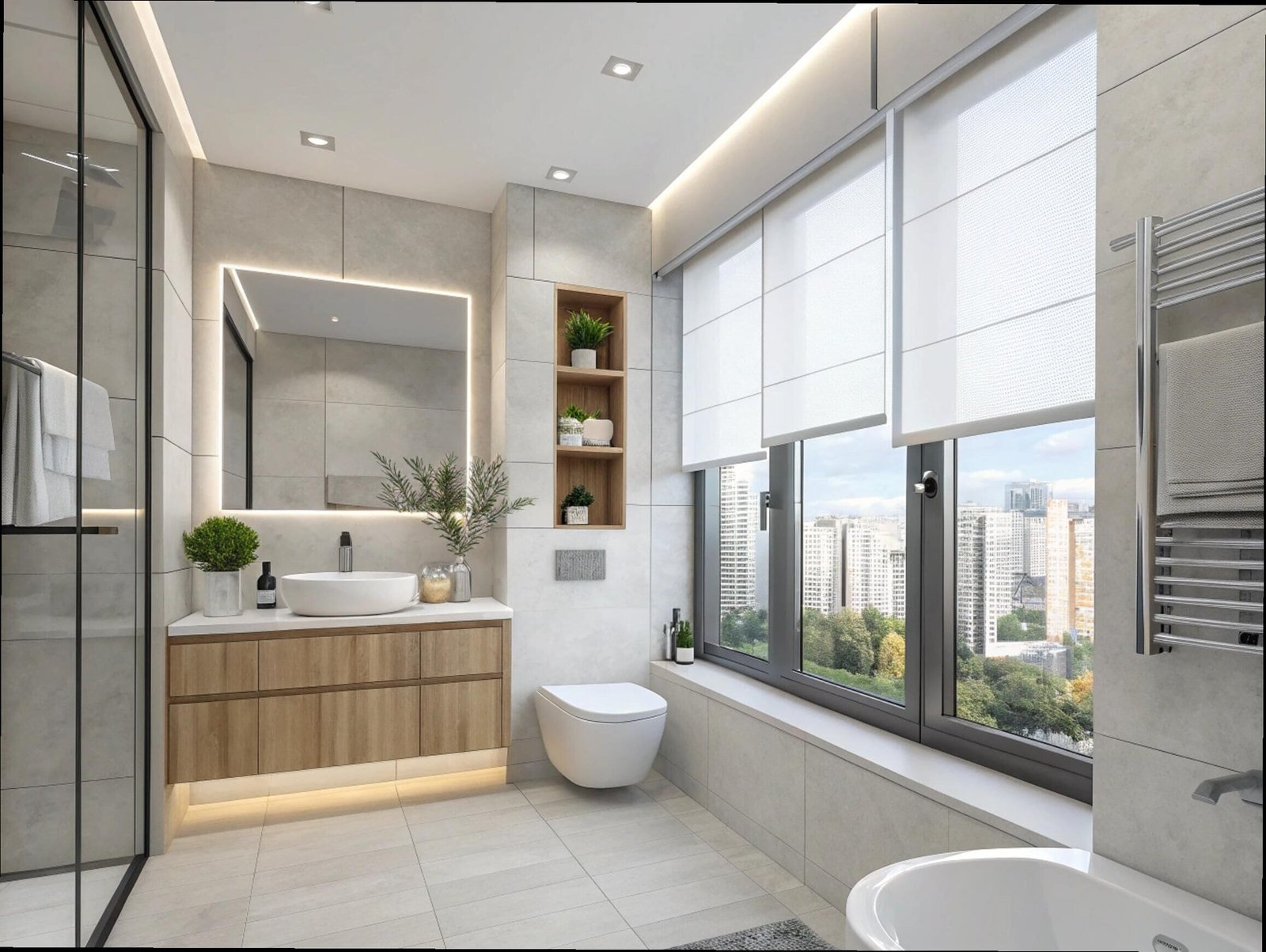
As a project manager, your reputation is on the line. Sometimes, trying to save a few dollars on a repair can lead to bigger problems later. Here’s a simple framework I use to help my partners decide.
When to Clean:
- The mould is new and only on the surface.
- It covers less than a small section of the blind.
- The blind fabric itself is still in good condition.
- The source of the moisture has been fixed.
When to Replace:
- The mould has penetrated deep into the fabric fibers.
- There is a musty smell even after cleaning (spores are still active).
- The fabric is stained, discolored, or weakened from the mould and cleaning.
- It is for a client in a sensitive environment like a healthcare facility or a child's room.
Professionals can sometimes offer deep cleaning services9, but the cost can often be close to the price of a new, standard blind. In most cases, the smarter investment is to replace the old blind with a product specifically designed to prevent the problem in the first place.
What Blinds Won’t Go Mouldy and How Do I Prevent It?
You’ve dealt with the mould problem, and you don't want it to happen again on your next project. What materials should you specify, and what advice can you give clients to prevent future growth?
To prevent mould, choose blinds made from moisture-resistant materials10 like PVC, vinyl, or aluminum. For fabric options, look for treated textiles with anti-fungal coatings. Combine this with improving ventilation by opening windows daily or using a dehumidifier11.
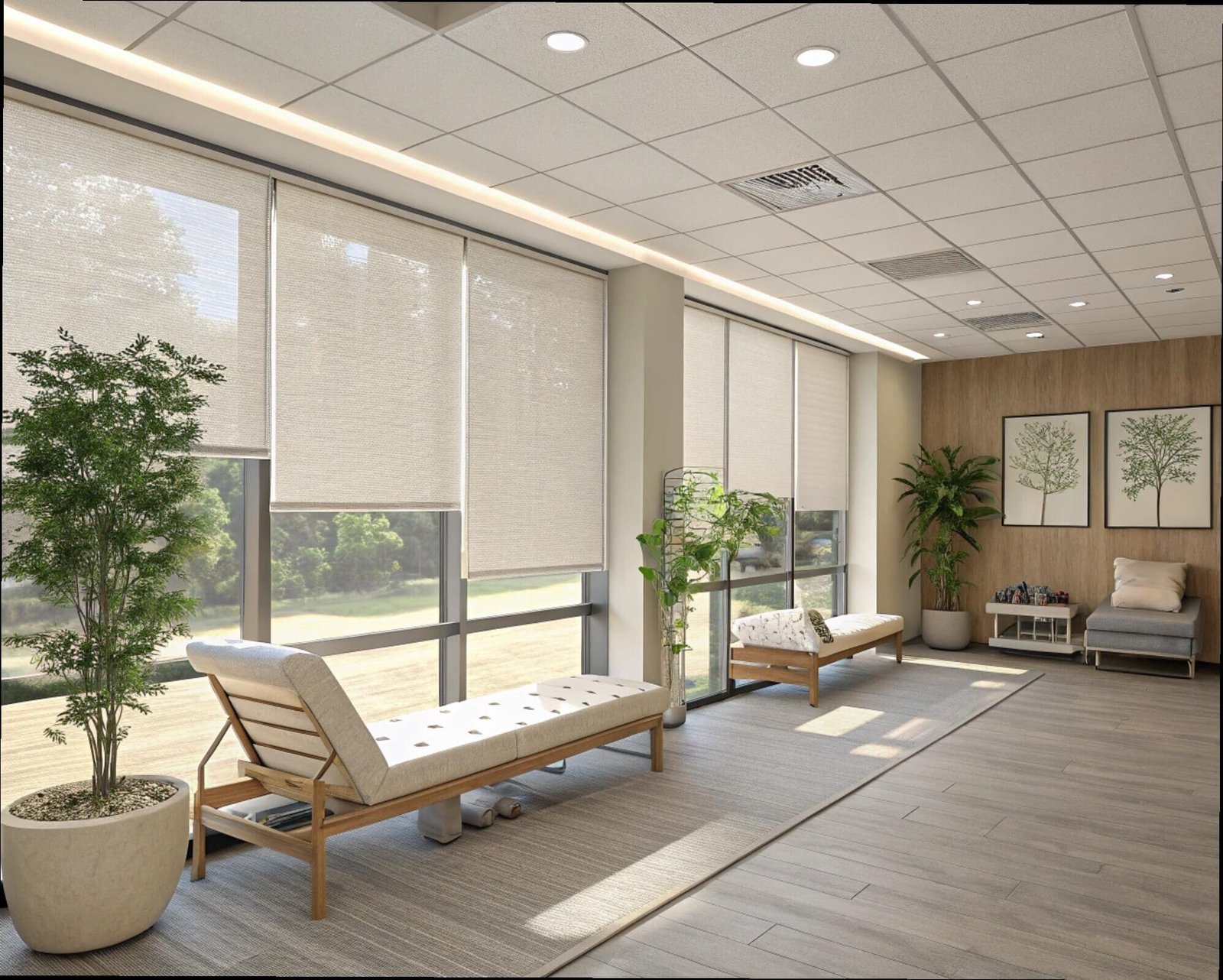
Prevention is always better than a cure. It's a two-pronged attack: select the right product and control the environment.
1. Choose the Right Material:
This is the most important step for any project in a potentially damp area.
- PVC and Vinyl: These materials are essentially plastic. They are non-porous, so moisture can't soak in. Mould may grow on surface dust, but it can be wiped right off without a trace. They are the number one choice for bathrooms and kitchens.
- Faux-Wood: Made from a composite PVC, these are ideal for a classic look in humid spaces where real wood would warp and grow mould.
- Solar Screen Fabrics: These are often made of a vinyl-coated polyester, making them extremely durable and resistant to moisture and microbial growth.
2. Control the Environment:
- Improve Ventilation: Advise clients to open windows for at least 15 minutes each day to let humid air escape.
- Manage Condensation: Regularly wipe down condensation from windows and sills.
- Use Dehumidifiers: In chronically damp rooms, a dehumidifier is a worthwhile investment to keep humidity levels below 50%.
- Maintain Airflow: Leave a small gap at the bottom of the blind to allow air to circulate against the glass.
Conclusion
Cleaning mould is a temporary fix for a larger issue. The best strategy is to control room moisture and, most importantly, to choose roller blinds made from fabrics specifically designed to be mould-resistant. This proactive approach stops the problem before it starts.
Partner with VelaBlinds for Your Next Project
Smart window treatments shouldn't be complicated. After working with 500+ distributors and contractors worldwide, I've streamlined the process to get you quality products, competitive pricing, and reliable support - every time.
Why project professionals choose VelaBlinds:
- ✅ Fast, Accurate Quotes - Detailed specs and pricing within 24 hours
- ✅ Transparent Pricing - No hidden fees, volume discounts clearly outlined
- ✅ Quality Assurance - Direct partnerships with certified OEM manufacturers
- ✅ Project Support - Dedicated account manager from quote to delivery
Start your next project:
📧 Quick Quote: Send your requirements to info@velablinds.com
📱 Direct Contact: WhatsApp +86 137 2012 8317
🌐 Browse Solutions: https://velablinds.com/
📁 Product Resources: Access spec sheets, catalogs & project files
Paul Chen, Founder
"I built VelaBlinds to solve the real challenges I faced as a project buyer - long lead times, unclear specs, and unreliable suppliers. Let's discuss how we can power your projects with smarter blinds."
Serving distributors and contractors across North America, Europe, and Australia since 2018.
-
Explore options for roller blinds that are specifically designed to resist mould growth, ensuring long-lasting cleanliness. ↩
-
Discover the benefits of using diluted white vinegar as a natural mould remover for your roller blinds. ↩
-
Find out which mould killers are safe and effective for use on fabric blinds. ↩
-
Understanding moisture sources is crucial for preventing mould; explore effective identification methods. ↩
-
Find out which fabrics are best for preventing mould growth in humid environments. ↩
-
Learn about the causes of high humidity and effective strategies to manage it in your living spaces. ↩
-
Explore tips and techniques for enhancing air circulation to prevent mould growth. ↩
-
Discover various cleaning solutions that effectively tackle mould on roller blinds. ↩
-
Evaluate the pros and cons of hiring professionals for deep cleaning roller blinds. ↩
-
Explore the top materials that prevent mould growth in window treatments. ↩
-
Learn how using a dehumidifier can significantly reduce humidity and prevent mould. ↩

